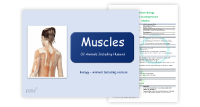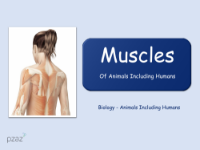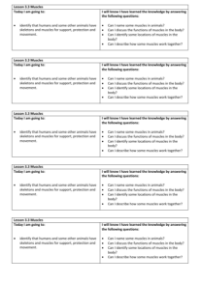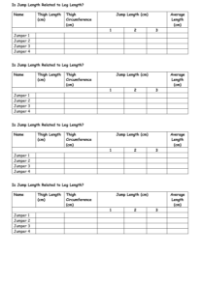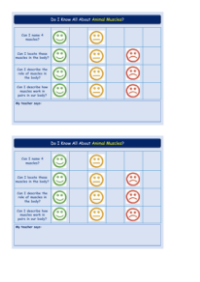Muscles - Teacher Explanation
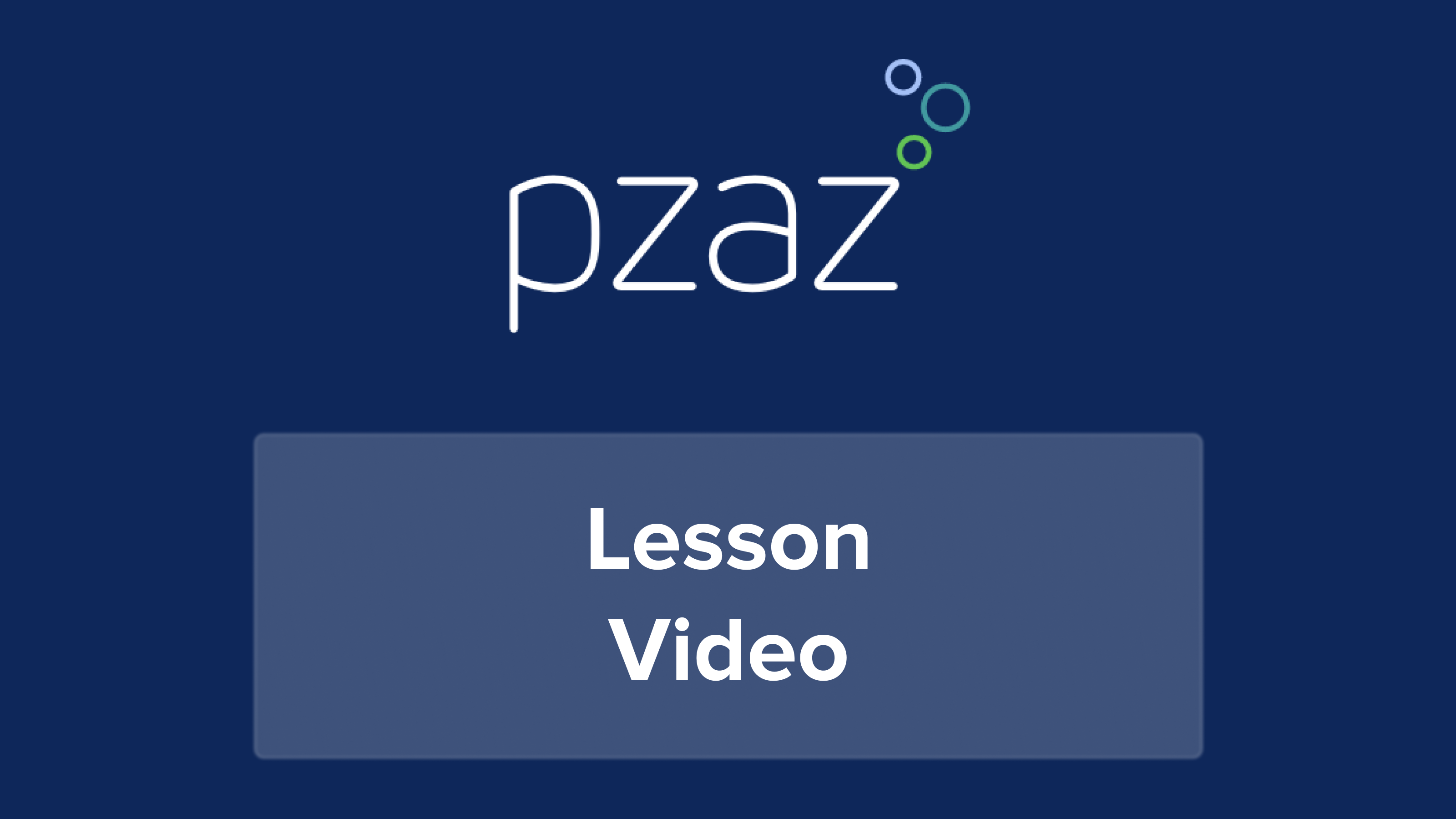
Science Resource Description
Welcome to lesson 3.3 on Muscles, which is part of the Year 3 unit on animals, including humans. This lesson aligns with the national curriculum's requirement for pupils to understand that humans and some animals have skeletons and muscles that provide support, protection, and facilitate movement. The lesson offers a variety of cross-curricular opportunities, including a poem for literacy comprehension, the creation of graphs in maths to represent investigation results, and a physical exercise that links to PE. The main focus is on the biceps and triceps in the arm. Pupils are encouraged to roll up their sleeves, extend their arms, and locate these muscles to observe how they work. By making a fist and curling the arm, they will see the biceps contract while the triceps relax, illustrating how these muscles work antagonistically.
The lesson continues with an activity named 'Jumpers', where pupils explore the relationship between muscle size and jumping ability. They will measure the length and circumference of their thighs, record these in a results table, and perform a series of standing jumps to calculate an average distance. This activity incorporates numeracy skills and requires control in the jump to ensure accurate results. Additionally, pupils will engage in a research and numeracy task to investigate the jumping capabilities of various insects in relation to their body length, discovering that insects also possess muscles necessary for movement. Lastly, they will research and compare the muscular arrangement in bipedal and quadruped animals, using learning pads, the lesson PowerPoint, paper, and coloured pens to document their findings. This comprehensive lesson aims to provide an enjoyable and educational experience, and we look forward to continuing the learning journey in the next session.

